Online Courses
You can filter and search for courses of interest, plus “like” courses so you can find them easily in the future.
All the courses are designed to help you meet the requirements of paramedic registration, so they automatically include self-reflection, and when completed they are added to your learning record in the CPD Tracker.
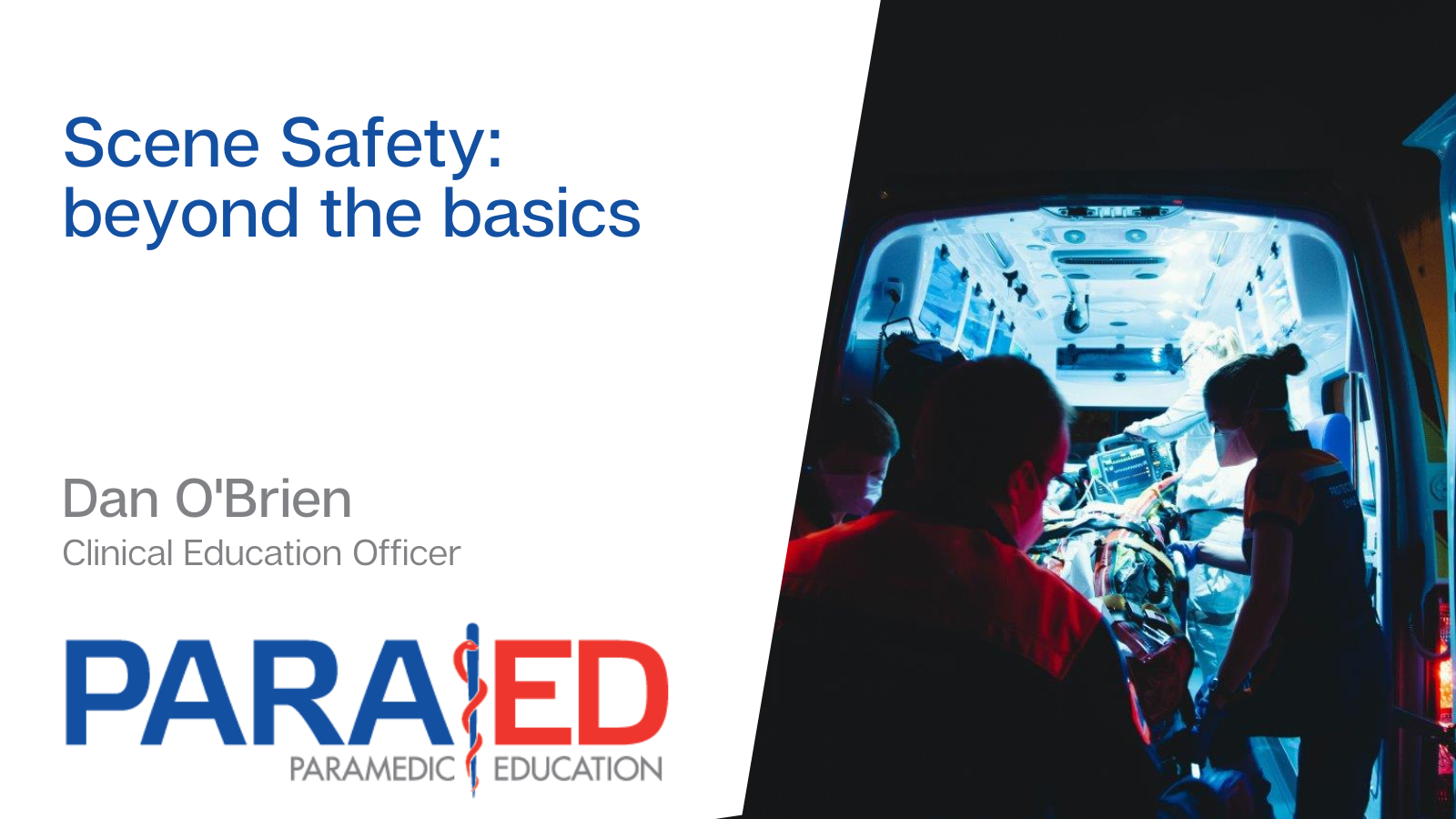
This webinar will discuss scene safety factors that effect out of hospital teams in both the emergency and non-emergency transport space
- 35 minutes
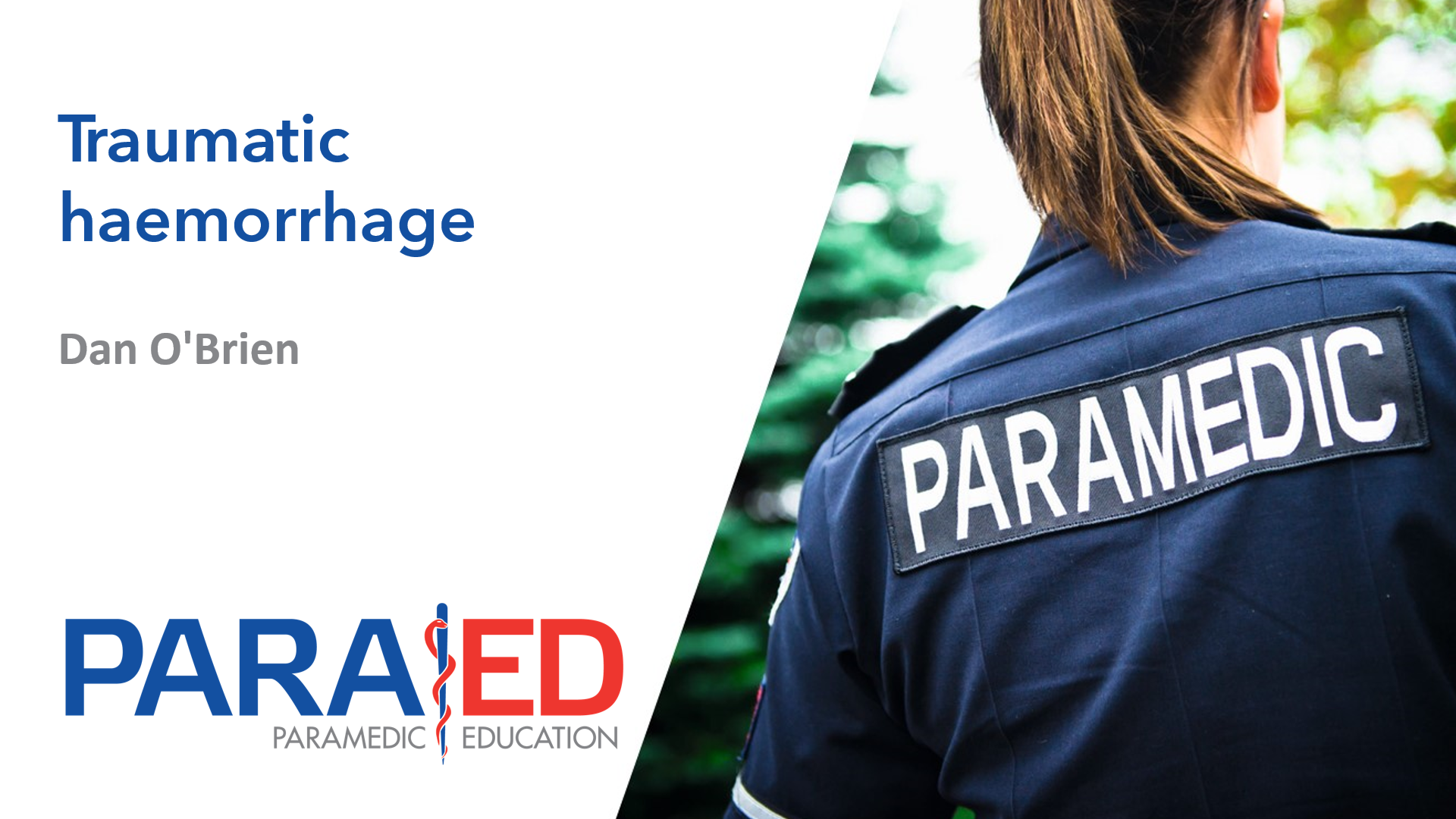
This webinar will provide a refresher on Traumatic Haemorrhage in the out of hospital environment
- 26 minutes
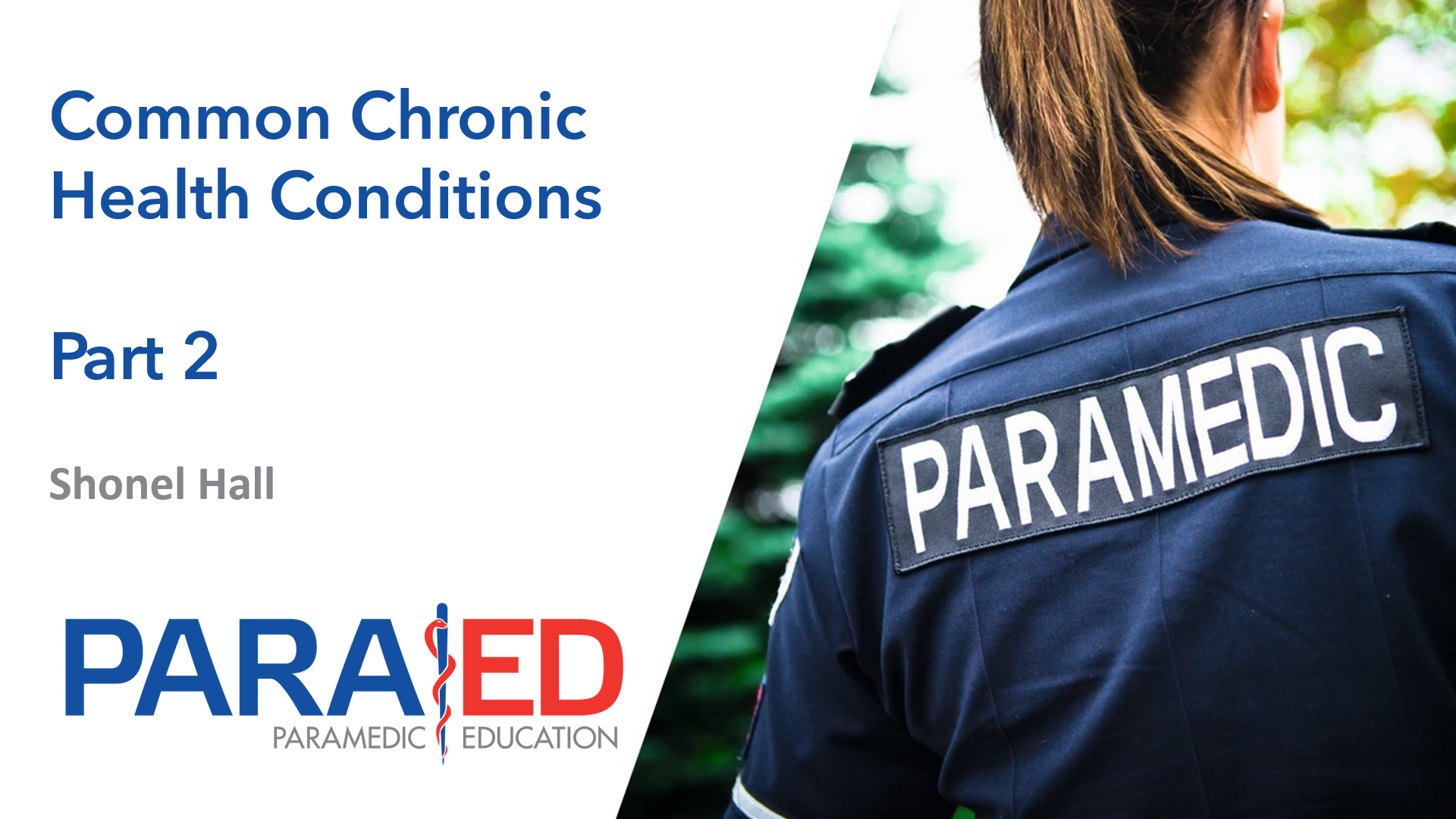
This module focuses on an introductory perspective to chronic health disease in Australia and focuses on common cardiovascular and respiratory chronic health conditions - Part 2.
- 63 minutes
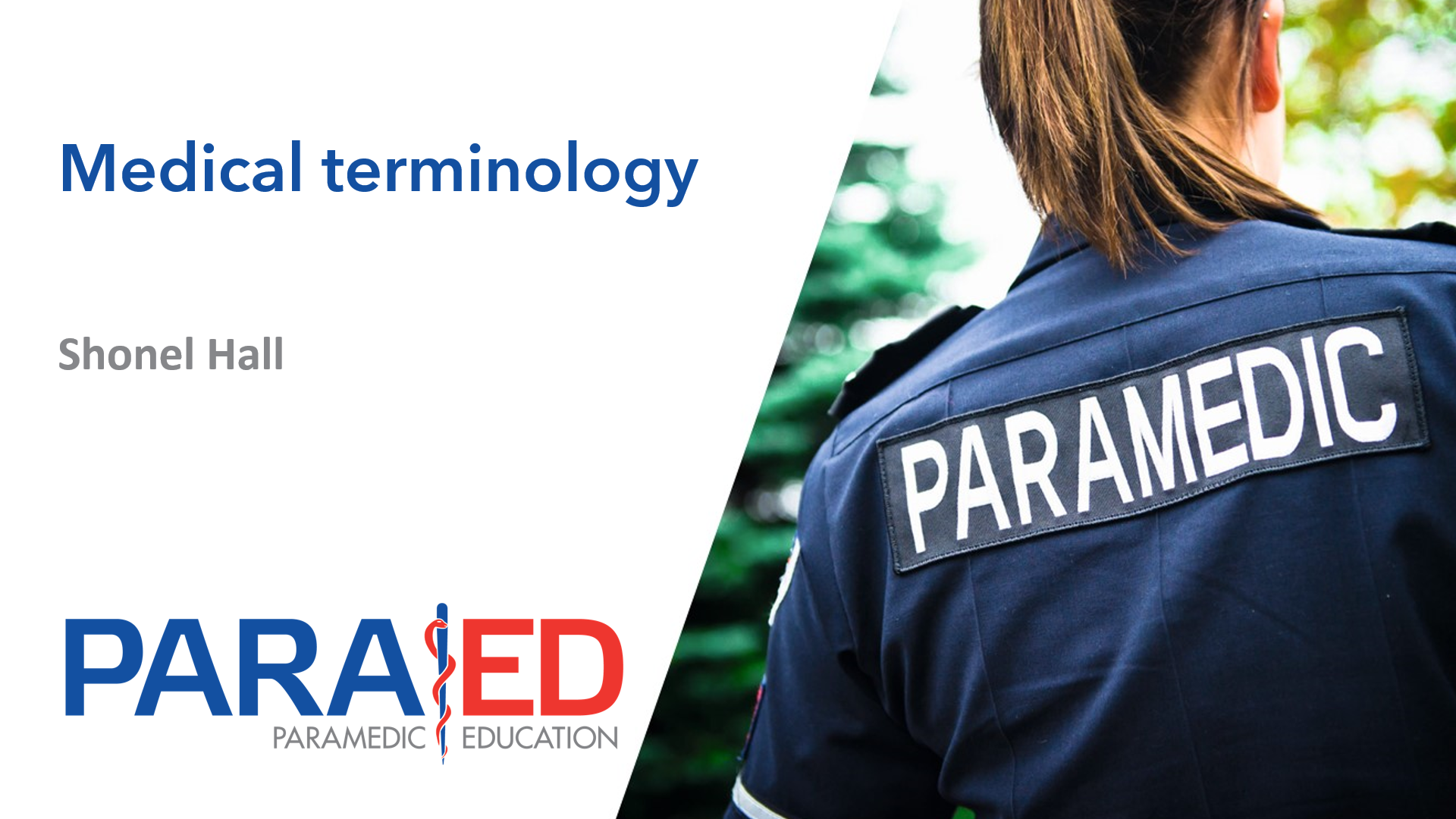
Medical terminology is the ‘standardised language of medicine’ which allows all medical professionals to understand each other and communicate effectively. A base level understanding is paramount for patient safety as it is a universal language that is succinct and helps avoid confusion.
- 31 minutes
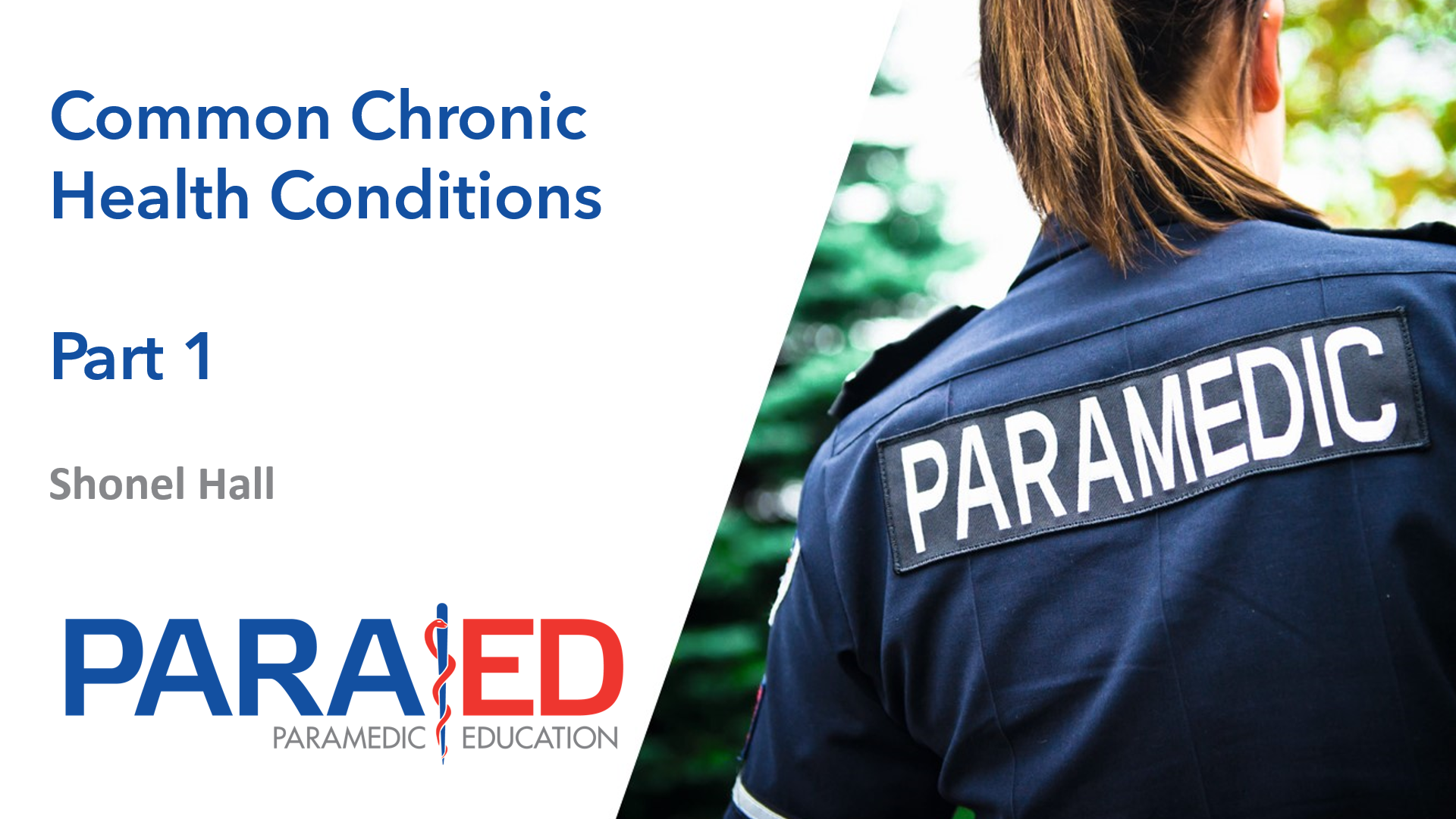
This module focuses on an introductory perspective to chronic health disease in Australia and focuses on common cardiovascular and respiratory chronic health conditions - Part 1.
- 52 minutes
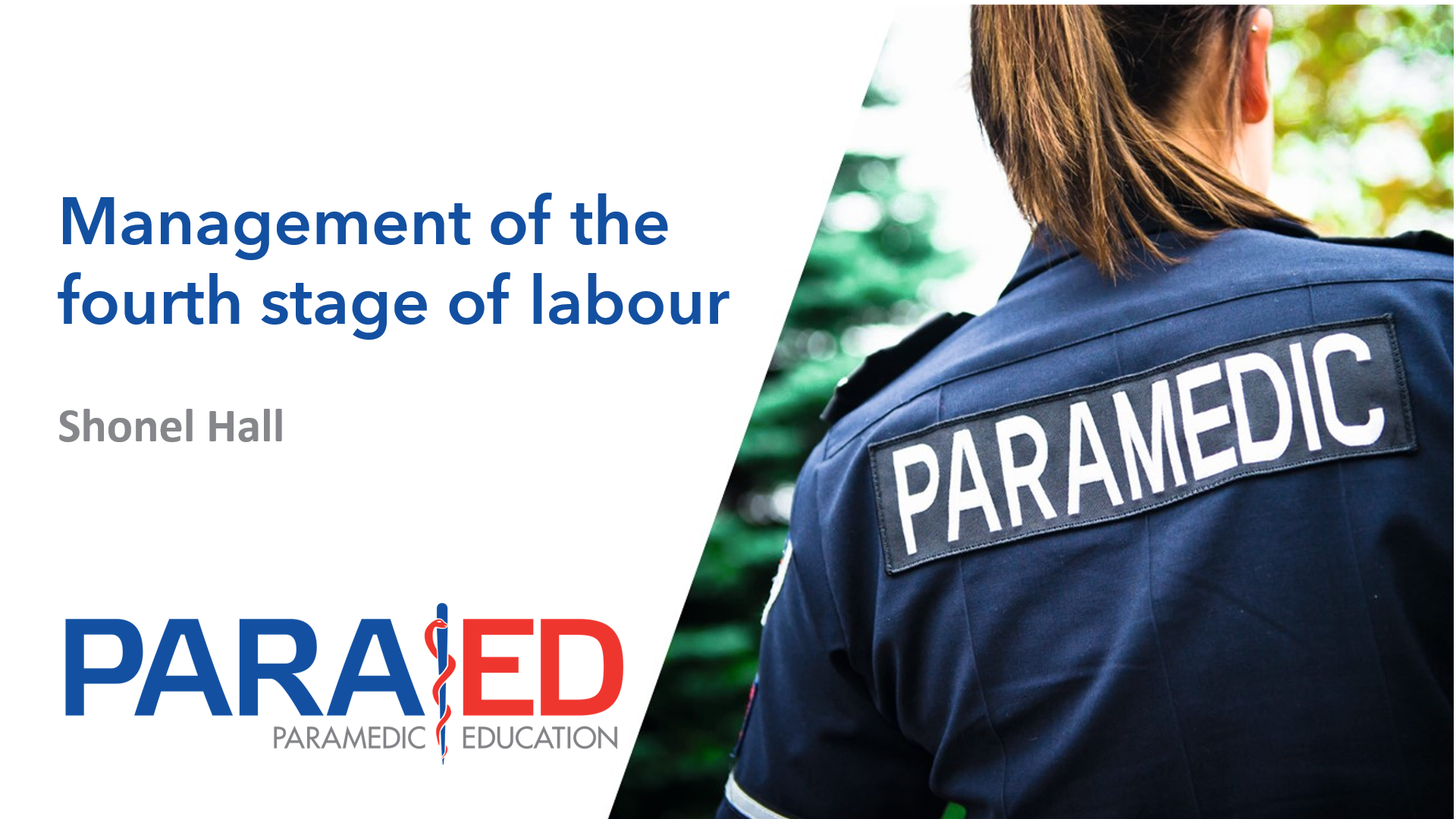
This session explores how to manage the mother and neonate after birth of the baby
- 65 minutes
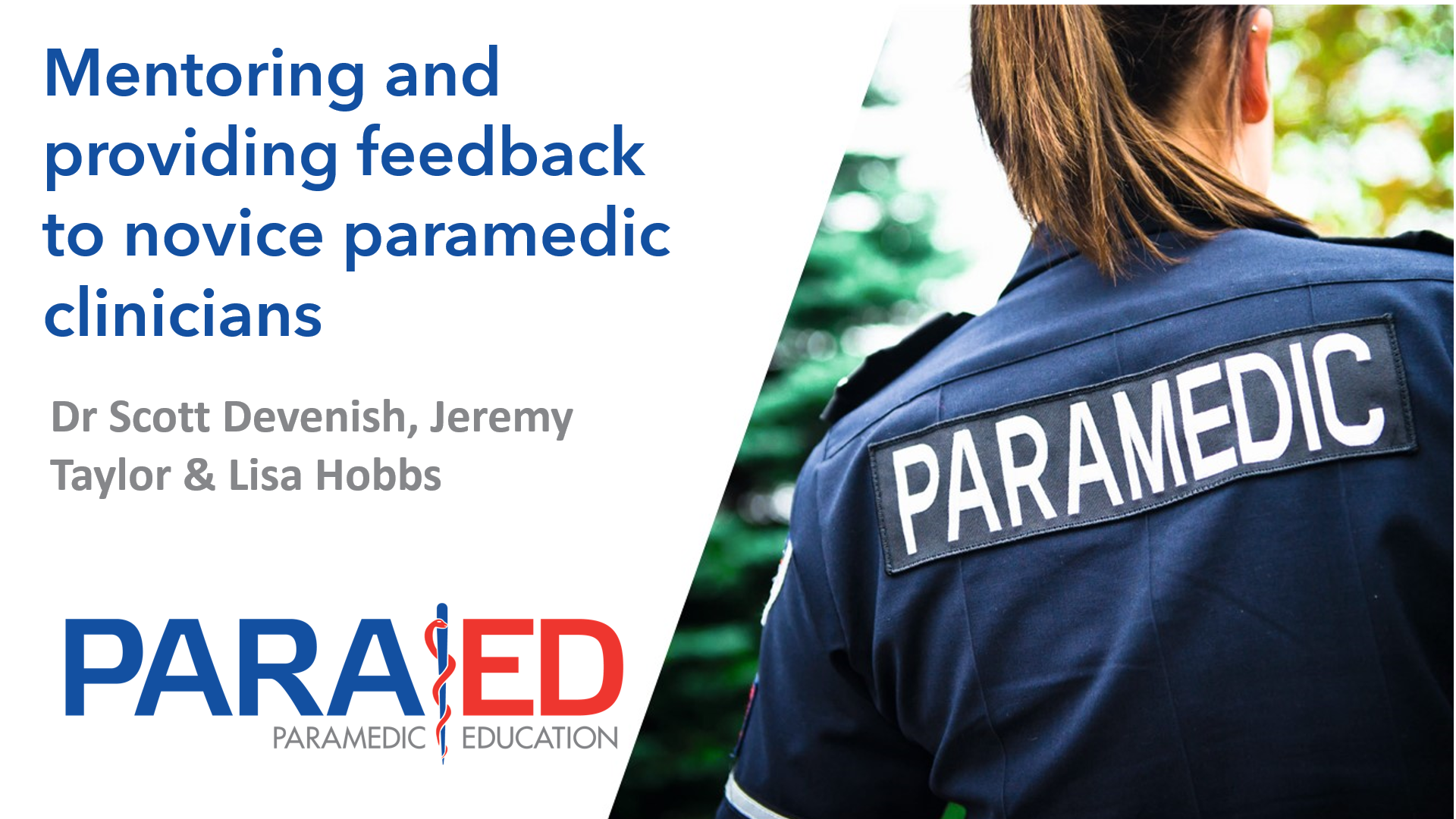
- Released: 29-03-2022
- Dr Scott Devenish, Jeremy Taylor & Lisa Hobbs
This session explores concepts surrounding mentoring and the provision of feedback to novice clinicians in the paramedic environment
- 87 minutes
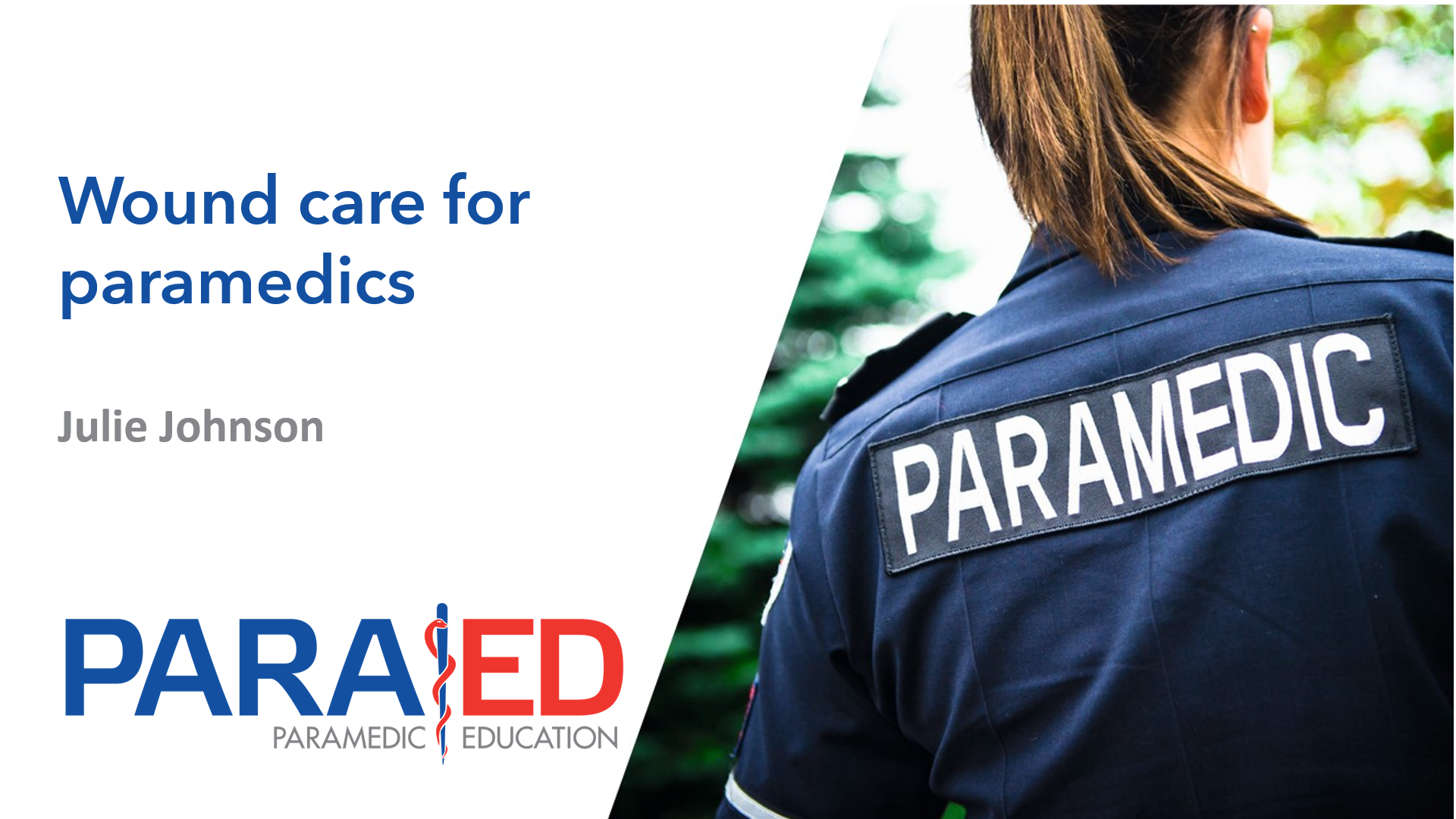
This session will review the integumentary system and look at the process of wound healing from a paramedic perspective.
- 85 minutes
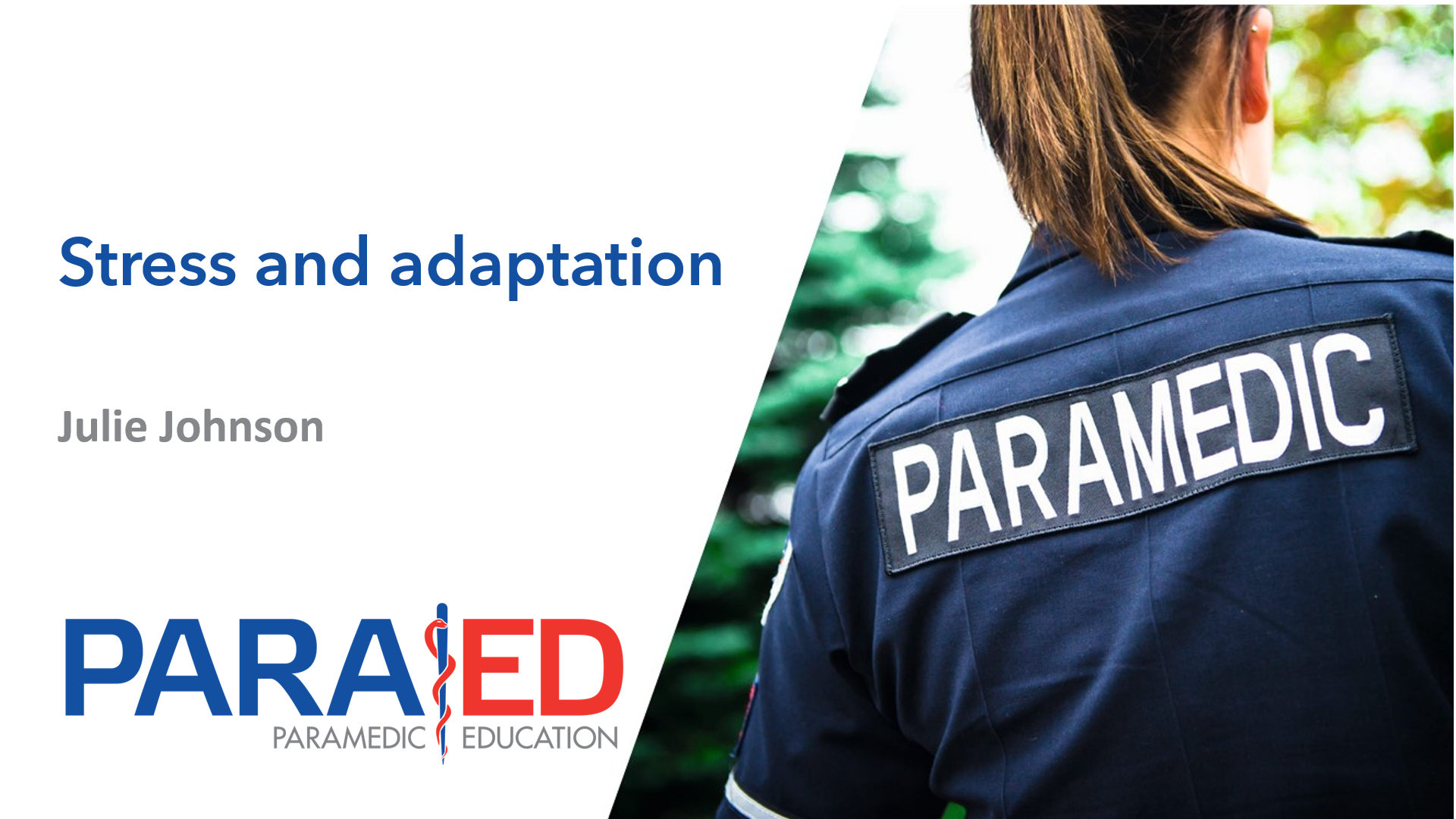
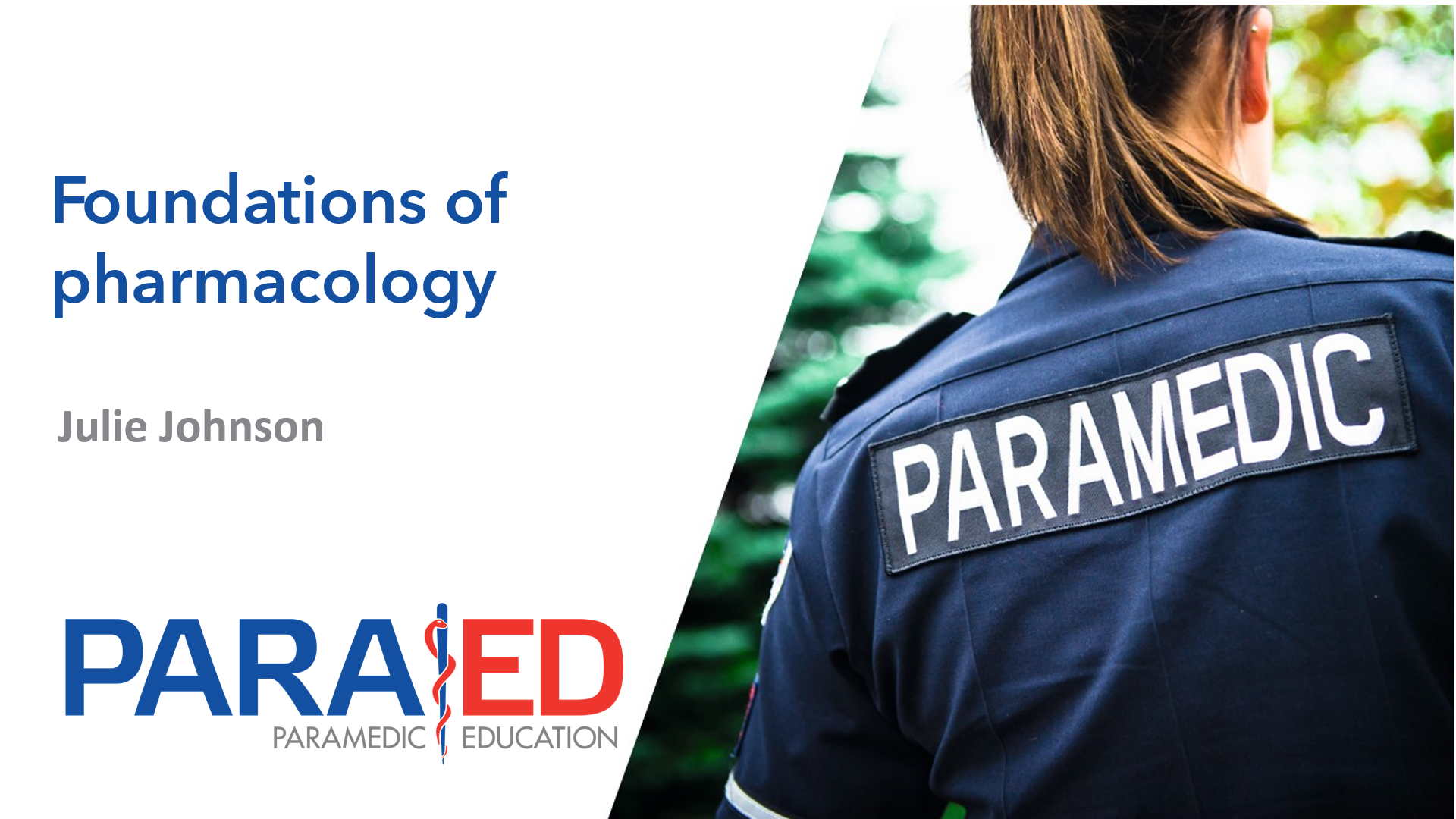
An overview of pharmacology concepts that describe how drugs move through the body and what the body does to drugs
- 30 minutes